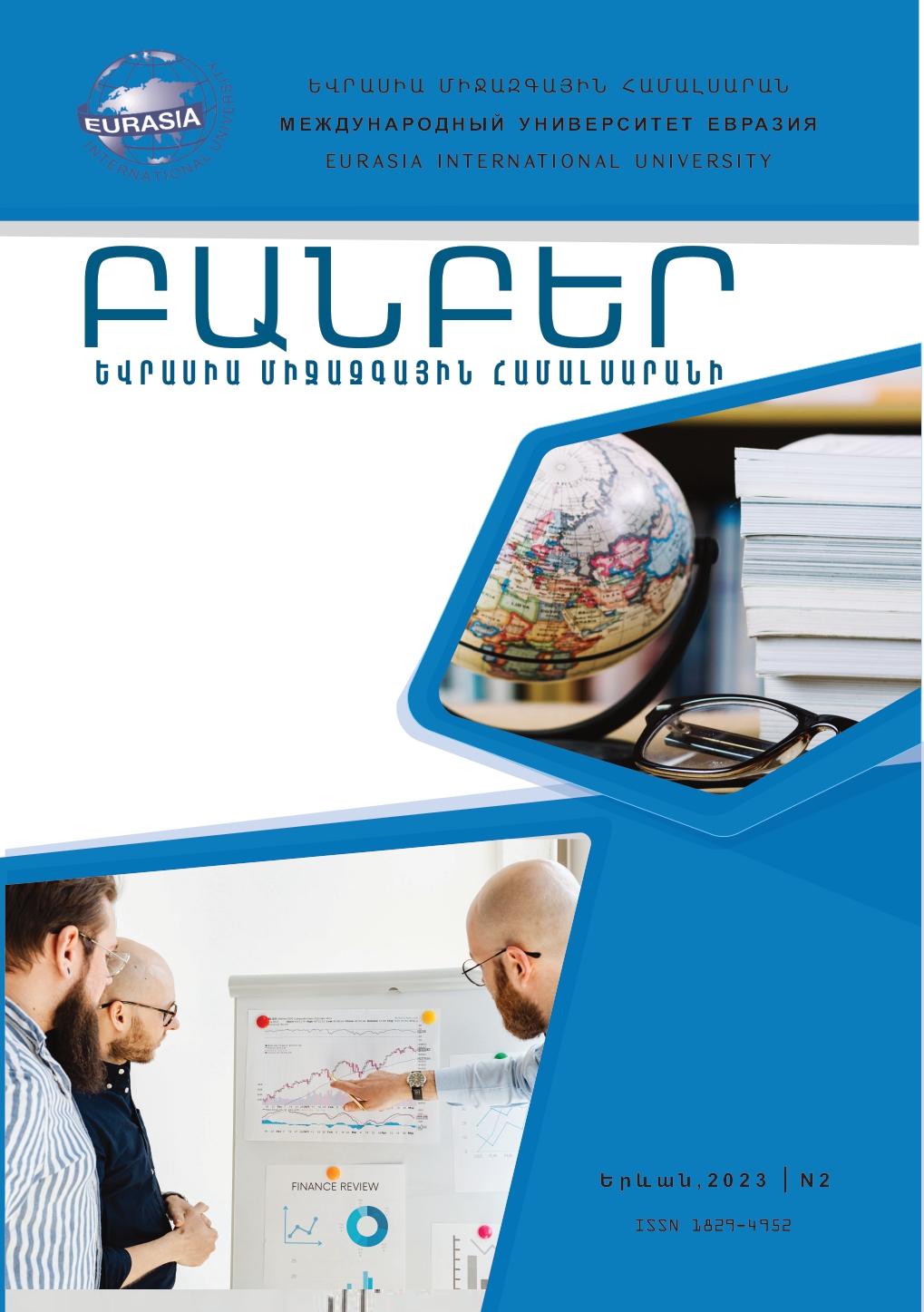CRIMINOLOGICAL CHARACTERISTICS AND ISSUES OF DRUG CRIME PREVENTION IN THE REPUBLIC OF ARMENIA
DOI:
https://doi.org/10.53614/18294952-2023.2-8Keywords:
drug crime, criminological characteristics, latency, causal complex, prevention.Abstract
Despite the fact that appropriate measures are being taken in the Republic of Armenia to combat drug crime, negative criminological trends are being recorded: since 2019, there has been an increase in drug crime, which indicates the ineffectiveness of preventive measures and the need for comprehensive criminological research and the formation of a new approach to drug crime prevention.
Despite the fact that appropriate measures are being taken in the Republic of Armenia to combat drug crime, negative criminological trends are being recorded: since 2019, there has been an increase in drug crime, which indicates the ineffectiveness of preventive measures and the need for comprehensive criminological research and the formation of a new approach to drug crime prevention.
The author revealed the criminological characteristics of drug crime for 2017-2022, the consequences of latency, the causal complex, on the basis of which measures to prevent drug crime are presented. In particular, the author suggests the following organizational measures: to ensure periodic raids on the likely places of commission of the criminal acts under discussion, to increase the number of foot patrol squads of the Police Patrol Service; to intensify the activities of senior school inspectors, to carry out regular visits to educational institutions with the help of various police units, to collaborate closely with educational staff, to strengthen control in penitentiary institutions, to regularly carry out preventive measures in military units, at the place of service, to strengthen supervision of military personnel in order to prevent their use of narcotic drugs, meticulous scrutiny of the police recruitment process, addressing factors contributing to the low professional training of police officers, and an emphasis on retraining processes.




